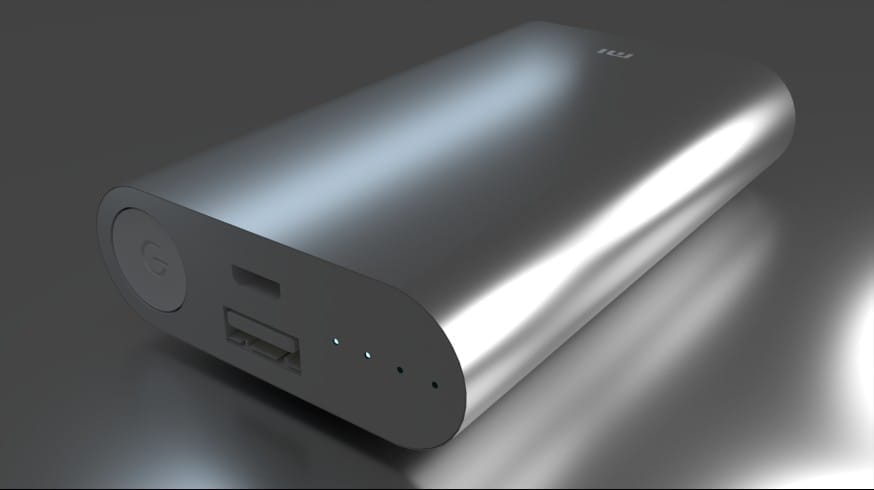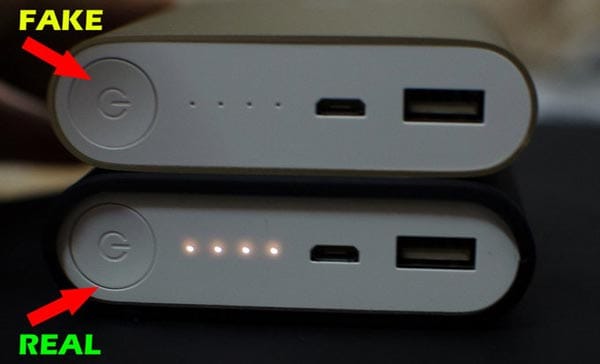
You have found the perfect lamp – so, do you put an LED bulb in it or Halogen?
Not sure?
Knowing the difference between an LED bulb and a halogen bulb can help you make a prudent decision on what’s the best light for your application and budget. There are a few things that you can keep in mind when selecting between halogen and LED lights. Such as their power consumption, energy efficiency, the life span of the light, and design.
We have outlined some important things that you need to know about halogen and LED lights, and what is a better option for lighting your home:
LED Lights
LED stands for ‘Light-Emitting diode’. A diode is an electrical element with two electrodes, which allows the free passage of electricity in one direction only. And, LED lights are produced through this constant motion of electrons in the semiconductor.
This kind of light promises longevity and function well in cold temperatures as compared to halogen lights. Unless an LED is infrared (IR) or ultraviolet (UV), it emits little or no IR or UV radiation that can damage fabrics and works of art.
The LED light’s lifespan is approximately 50,000 hours, which is almost 13 times longer than halogen lights. Along with that, if you compare LED lights to other technologies, it is 80 percent less than incandescent lights and 75 percent less than halogen lights in power consumption. They are also great alternative lighting options for solar-powered systems because of their low power consumption.
These LED lights are shatterproof, lack brittle filaments, and do not contain mercury, noxious gases, or contaminants. They also provide optimum brightness in every corner of your living space without creating any harsh glare or strain on your eyes.
Halogen Lights
Commonly used as AR, MR, PAR, BR spotlight, or flood light bulbs, halogen lights come in different shapes. Unlike LED lights, they produce a considerable amount of infrared and ultraviolet radiation that can damage fabrics and artwork.
To provide light, these bulbs need a scorching running temperature and can cause burns if touched; high temperature often prevents halogen lights from working in cold environments. Along with that, halogen lights are sensitive to skin oils, leading to failure or bursting.
These last about 3,600 hours — three times longer than incandescent bulbs — but they’re not as powerful or effective as LED lights.
Halogen bulbs have a thin shell of quartz and brittle filament wire which makes them prone to shattering. They have higher color temperatures and emit brighter light than incandescent bulbs, as they work at higher temperatures.
Difference between halogen and LED lights:
| Features | Halogen Lights | LED lights |
| Power Consumption | Average of 49 watts | Average of 8 watts |
| Lifespan | Up to 3,600 hours | Up to 25,000 hours |
| UV Emission | Minimal | None |
| Heat Emission | 80%-90% | 10%-20% |
Make the Switch to LED
To ensure that you don’t pay exorbitant prices for necessities like electricity, choose LED lights. They have two significant benefits – first, their cost-effectiveness, which adds to your savings; second, their sustainability, which reduces our carbon footprint.
You can find the best energy-efficient LED lights for your home from trustworthy brands like Luminous. They have a variety of LED lights such as LED slip panels, bulbs, downlighters, surface panels (square and circle), strip lights, battens, and candle lamps.
The lights are designed specially to cater to Indian power conditions operating over a wide range of voltages and offering protection from high-voltage surges.
Distinctive design, soothing radiance, and easy installation make these LED lights aesthetically designed to fit any home decor. You can visit their website online and choose the best LED products to light up every corner of your house and indulge in the best lighting experience for your space.


![20+ Unique & Creative Diwali Gift Ideas For Corporate Employees [2023] Corporate Diwali gift ideas for employees](https://allusefulinfo.com/wp-content/uploads/2020/10/corporate-diwali-gift-ideas-for-employees.jpg)
